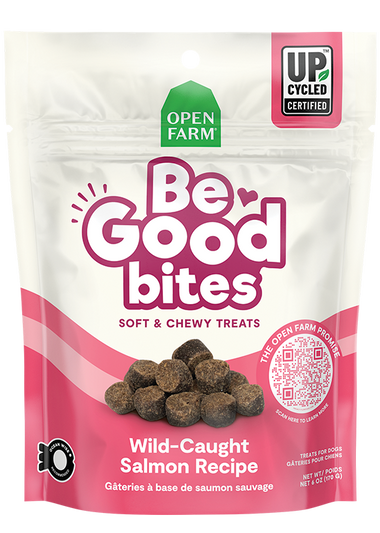Welcoming a puppy into your home is a life-changing experience — one filled with love, laughter, and lots of learning. You probably have a million questions scrambling though your brain including, "When can puppies have treats?"
Giving treats is a great way to train and bond with your new fuzzy friend. But timing and choosing the right type of treat are critical for its safety and health. Let’s discuss when puppies can start having treats, what types are appropriate, and how to use them effectively.
When Can Puppies Start Having Treats?
Your pup can usually start having treats as early as 6-8 weeks old but you’ll need to remember a few things:
- Age-Appropriate Treats: Puppies begin weaning off their mother’s milk at 6-8 weeks and transition to solid food. Any treats you offer should be soft, small, and easy to digest.
- Nutritional Needs: Treats should complement their diet without replacing the essential nutrients found in puppy food.
- Training Treats: Starting treats during basic training sessions can help reinforce positive behaviors.
When Can a Puppy Have Treats?
The exact timing depends on your puppy’s individual development and dietary needs. Here are some general guidelines:
- For Small Breeds: If you have a smaller breed, your puppy is more likely to have a sensitive stomach. Start with tiny, soft treats.
- For Large Breeds: Bigger pups may handle a wider range of treats sooner but still require soft, age-appropriate options.
- Check with Your Vet: It’s always best to chat with your vet before introducing new treats to your puppy’s diet.
Tips for When Your Puppy can Get Treats
You can gradually introduce treats into your puppy’s routine. Use them strategically to reinforce good behaviors like potty training or when learning commands. Keep these tips in mind:
- Limit Treats: Treats shouldn’t make up more than 10% of your puppy’s daily caloric intake.
- Use Treats for Training: Small, frequent rewards work best for young puppies during training sessions.
- Monitor Reactions: Watch for any signs of digestive upset or allergies when introducing new treats.
When Can Puppies Have Bully Sticks?
Dogs love bully sticks and you’ll want to keep the following in mind when giving them to your pet:
- Wait Until 12 Weeks: Your puppy should be at least 12 weeks old before having a bully stick. Its teeth and jaws are stronger by this age, making it safer for them to chew.
- Choose the Right Size: Ensure the bully stick is appropriate for your puppy’s size to avoid choking hazards.
- Supervise Chewing: Keep a close eye on your puppy when it’s chewing on a bully stick to prevent swallowing pieces.
When Can Puppies Have Dental Chews?
You can introduce dental chews to your puppy when it’s about 6 months old. Your pup’s adult teeth are developing at this stage and they can benefit from the dental hygiene support.
Here are some tips:
- Pick Puppy-Specific Dental Chews: Look for dental chews designed specifically for puppies. They are softer and gentler on developing teeth.
- Follow Instructions: Always follow the manufacturer’s age and size recommendations.
- Brush Regularly: Treats are not a stand-in for regular brushing. Continue to maintain your puppy’s dental care routine.
Choosing the Right Treats for Your Puppy
You’ll need to consider your puppy’s age, size, and dietary needs as you look for treats.
Keep your eyes peeled for the following:
- Natural Ingredients: Choose treats made from wholesome, natural ingredients without artificial additives.
- Size and Texture: Treats should be small and soft for younger puppies to prevent choking.
- Caloric Content: Low-calorie treats help avoid overfeeding.
- Specialized Treats: Consider treats designed for specific purposes like training, dental care, or relief from teething.
Treat Safety Tips
Follow these treat-handling guidelines to keep your pup safe:
- Introduce Gradually: Start with small amounts and monitor your puppy for any adverse reactions.
- Supervise Chewing: Never leave your puppy unattended with chew treats. They can pose choking and swallowing hazards.
- Check Expiration Dates: Always use treats before they expire to ensure freshness and safety.
- Store Properly: Keep treats in airtight containers to maintain quality.
When to Avoid Giving Treats
Although treats can be a fun and effective tool, you’ll need to skip them at the following times:
- Before Meals: Avoid giving treats right before a meal or your puppy might not eat its regular food.
- During Digestive Upset: If your puppy has diarrhea or vomiting, table treats until their stomach settles.
- Overfeeding: Be mindful of caloric intake to prevent excessive weight gain.
Final Thoughts
Knowing when your puppy can have treats is crucial for its health and development. Timing makes all the difference when it comes to choosing training treats, dental chews, or bully sticks. Always prioritize you pup’s safety and watch closely for any negative reactions. Adopt the right approach and treats can be a positive, rewarding part of your puppy’s journey toward becoming a happy, healthy adult dog.
This article is meant only as an example of what might work well for your pet, please reach out to our Pet Parent Experience Team if you have any questions about your pet’s own unique circumstances! To ensure these products are a good fit for your furry friend, we also recommend consulting your vet about any new diet, or environment changes, especially if there is a medical concern. They should be able to help as you and your vet know your pet’s medical history best!





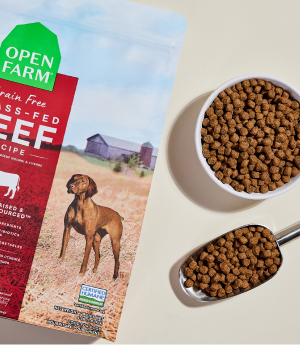
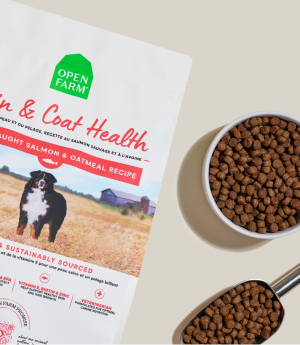
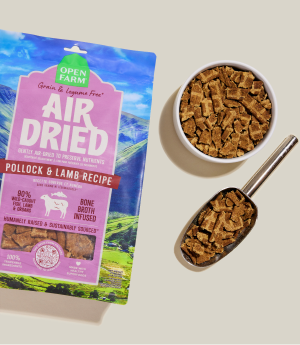
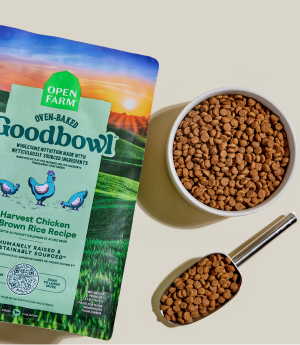
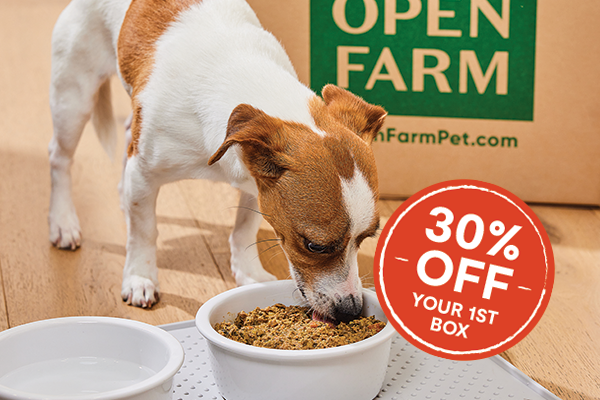

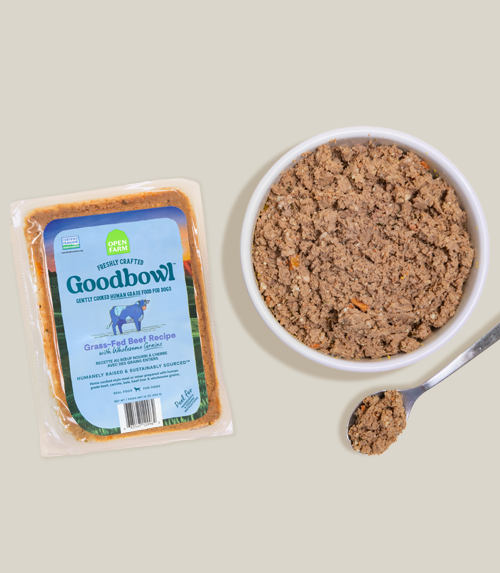

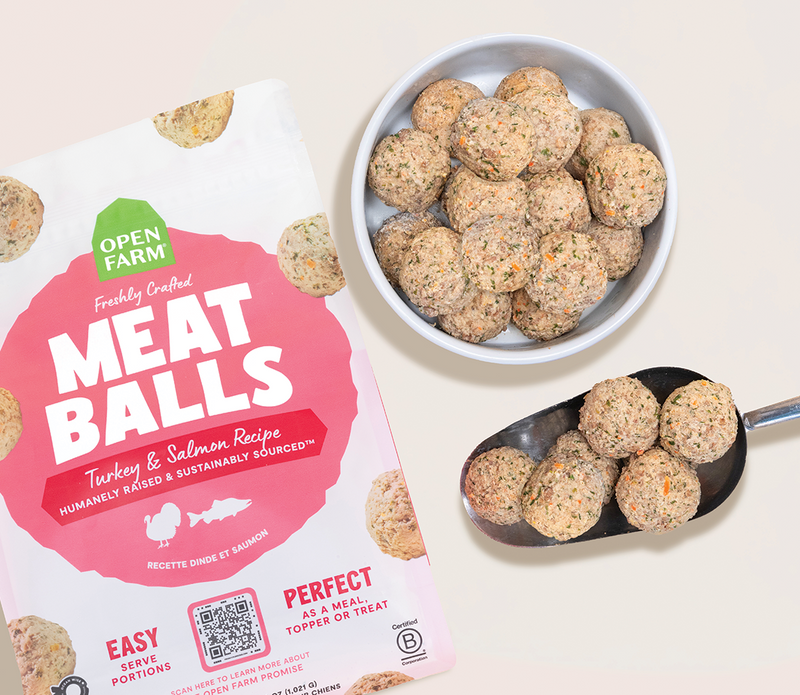
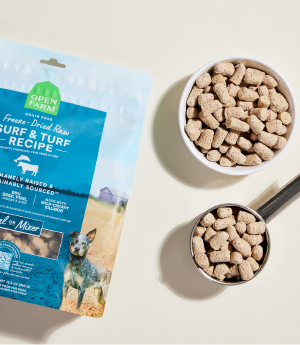
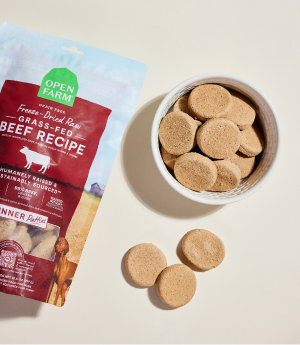
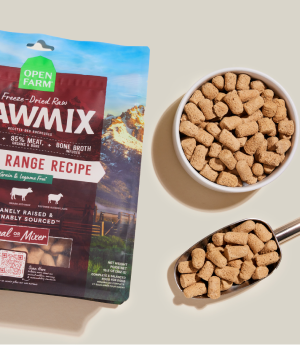
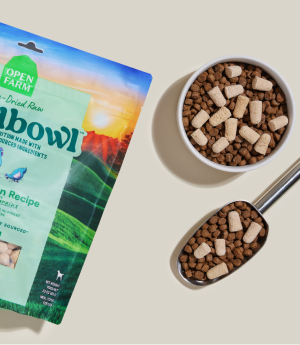
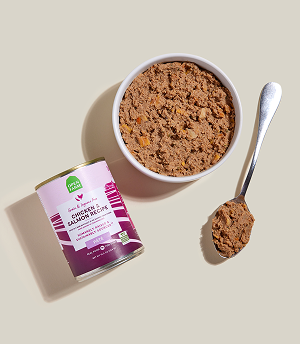
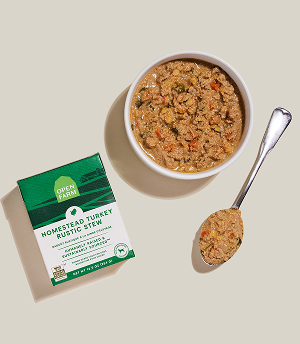

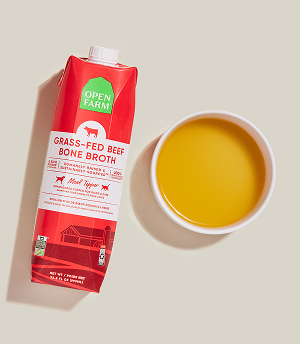

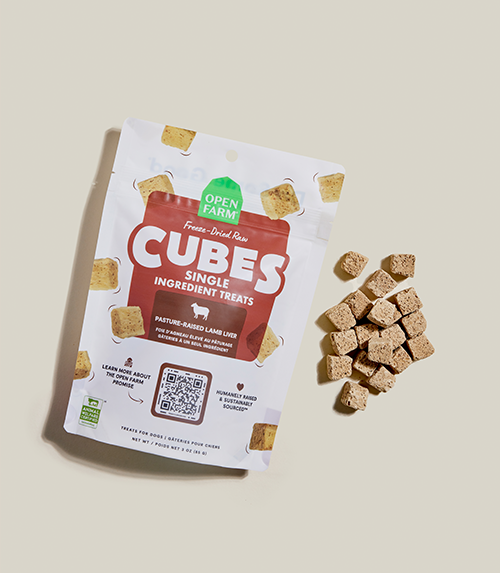
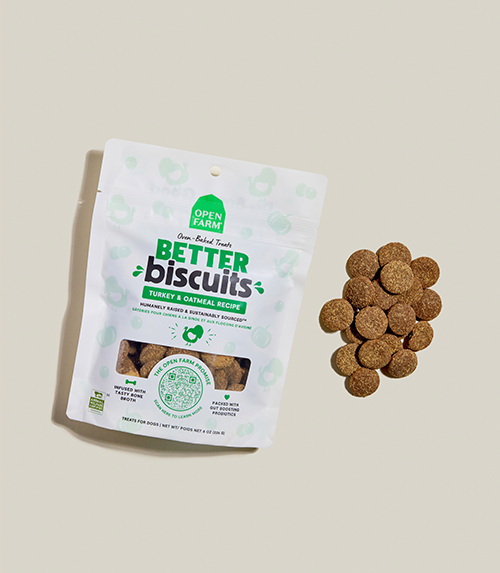



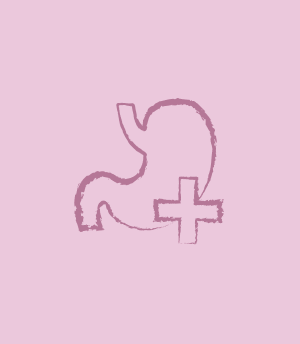


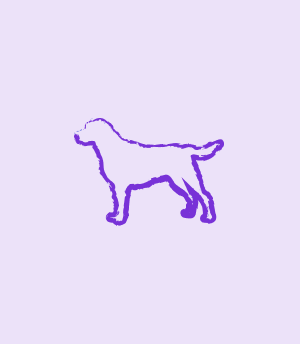

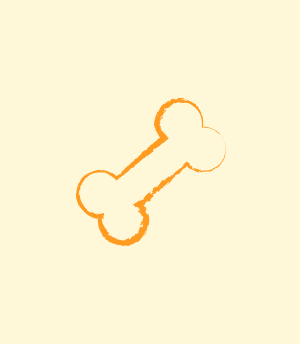



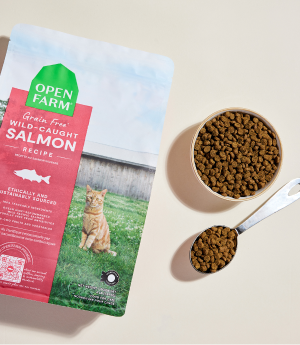
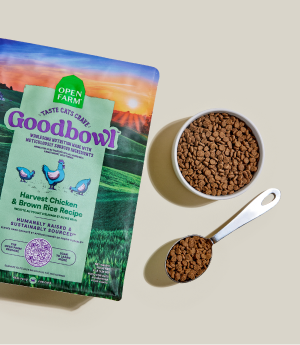
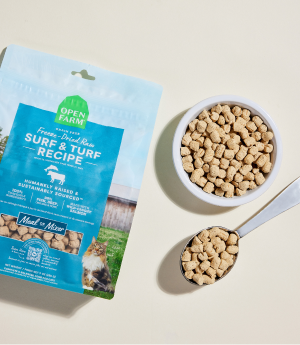
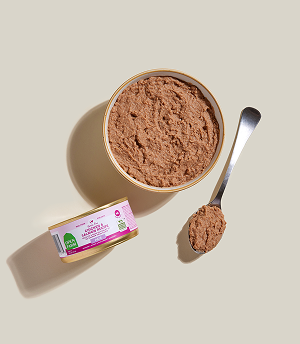
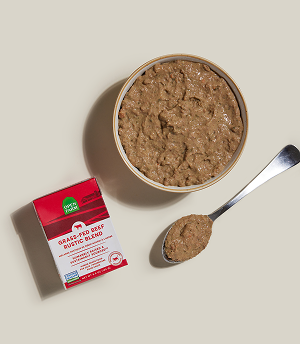


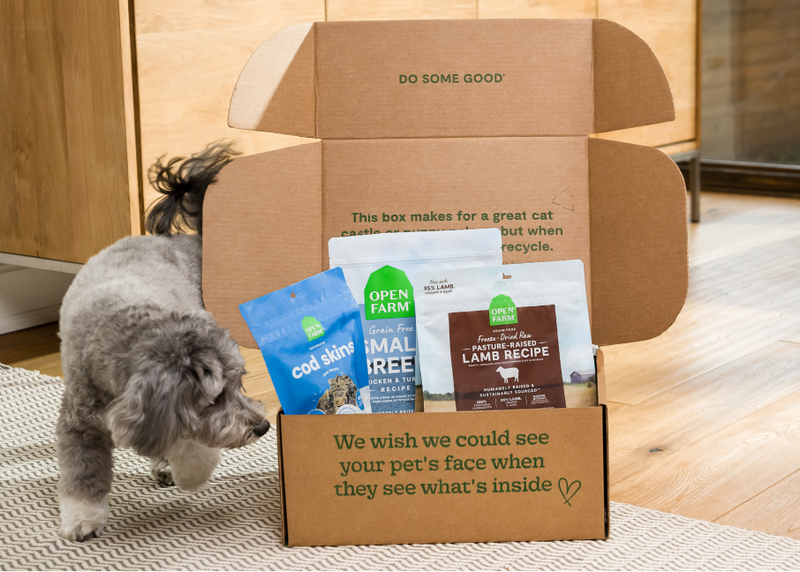
 Sign In
Sign In
 Create Account
Create Account





